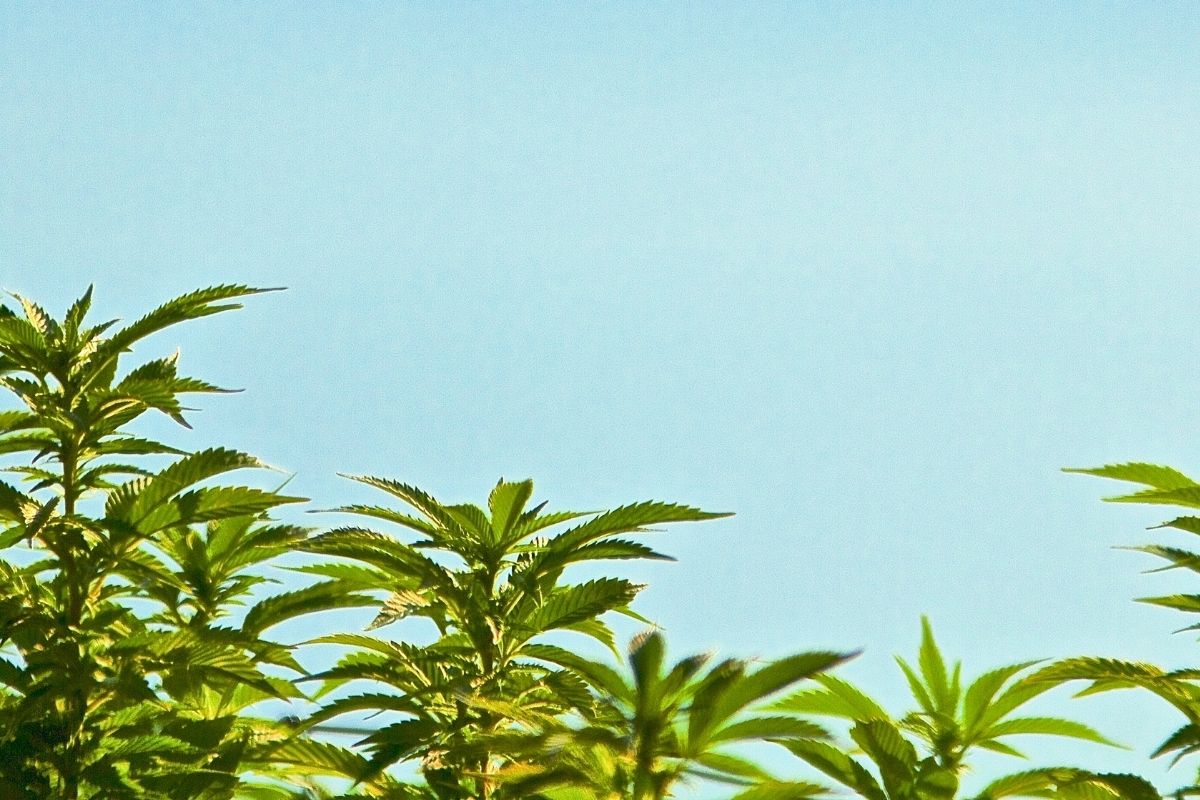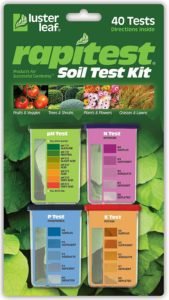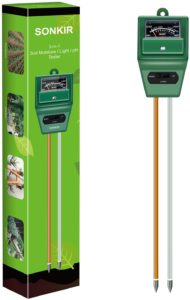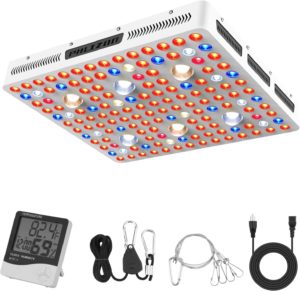Growing marijuana at home for medical or recreational use is all fun and games until you’re patiently waiting for the exact right moment to switch your light schedule, adjust the temperature, or change your nutrient solution.
You can know precisely when to do everything if you first understand the weed plant stages.
It’s important to understand the different stages of the cannabis plant life cycle as it grows and matures to produce its usable flower. A cannabis plant has distinct developmental stages from seed germination to seedling, to a vegetative bush, and finally to the flowering phase.
Each of these stages requires a different amount of water, nutrients, pruning, and light, so knowing what to expect through the plant’s lifetime will help you give the best care and encourage the healthiest growth.
So here’s our breakdown.
The natural cannabis habitat
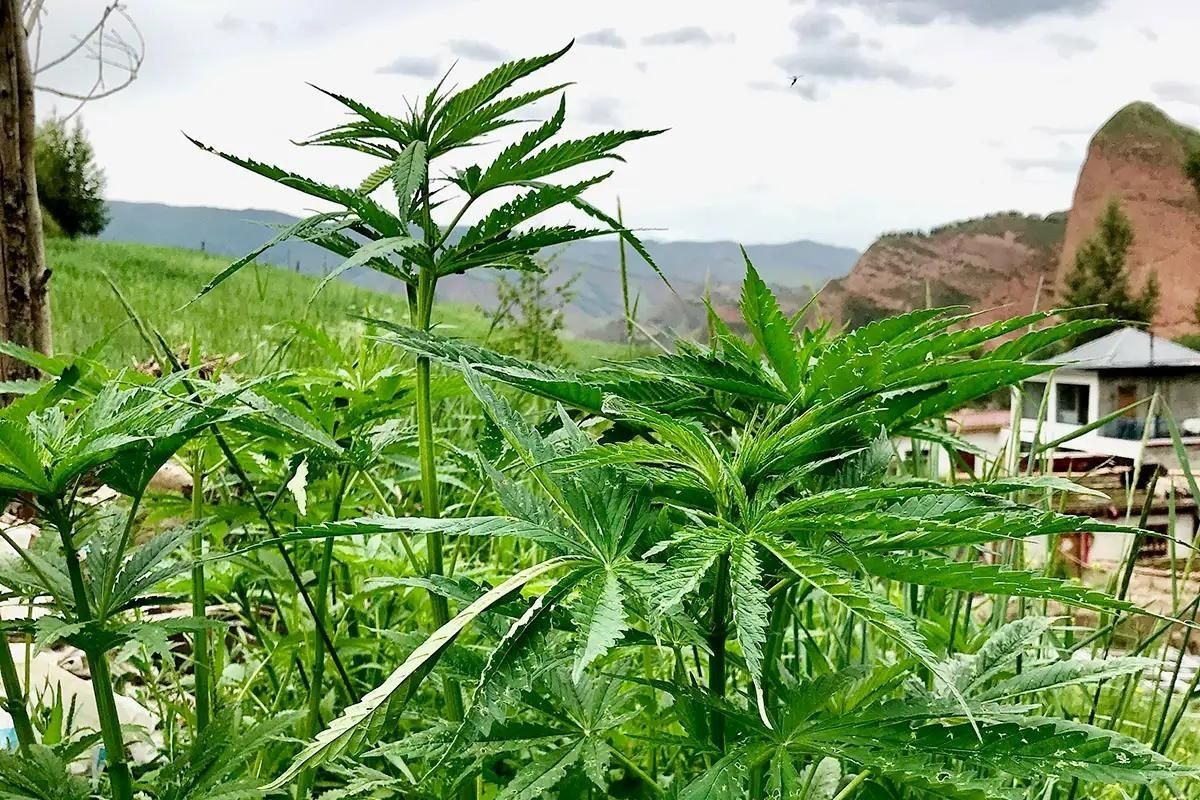
Cannabis is native to north-central Asia, in the Mongolia region, growing in the open sun of humid, mountainous areas. Over the last several thousand years, the plant has been spread and cultivated across the world. It can be raised outside in warm, sunny areas, or indoors in greenhouses and grow tents.
Weed plants like environments that are warm, but not hot, in the daytime, and a little cooler at night. In general, they like temperatures in the upper 70s with some humidity (about 70%). Like many other plants, they like their soils to be well-drained, moisture-retaining, and at a pH of 5.5-6.5.
A good growing environment is important for the plant to mature and produce the THC, CBD, and over a hundred other cannabinoids that make the herb so valuable to us. Although there’s lots of research to be done, there are a few theories as to why these plants secrete these compounds. It may be to ward off pests, like other plants that create intoxicating substances, like tobacco and nicotine.
The resin secreted might be to protect from UV light, to be protective against bacteria, or to prevent dehydration. In any case, a successful cannabis crop follows a vigorous growth pattern from seed to flowering bush. You could say a happy and healthy plant will grow like a weed!
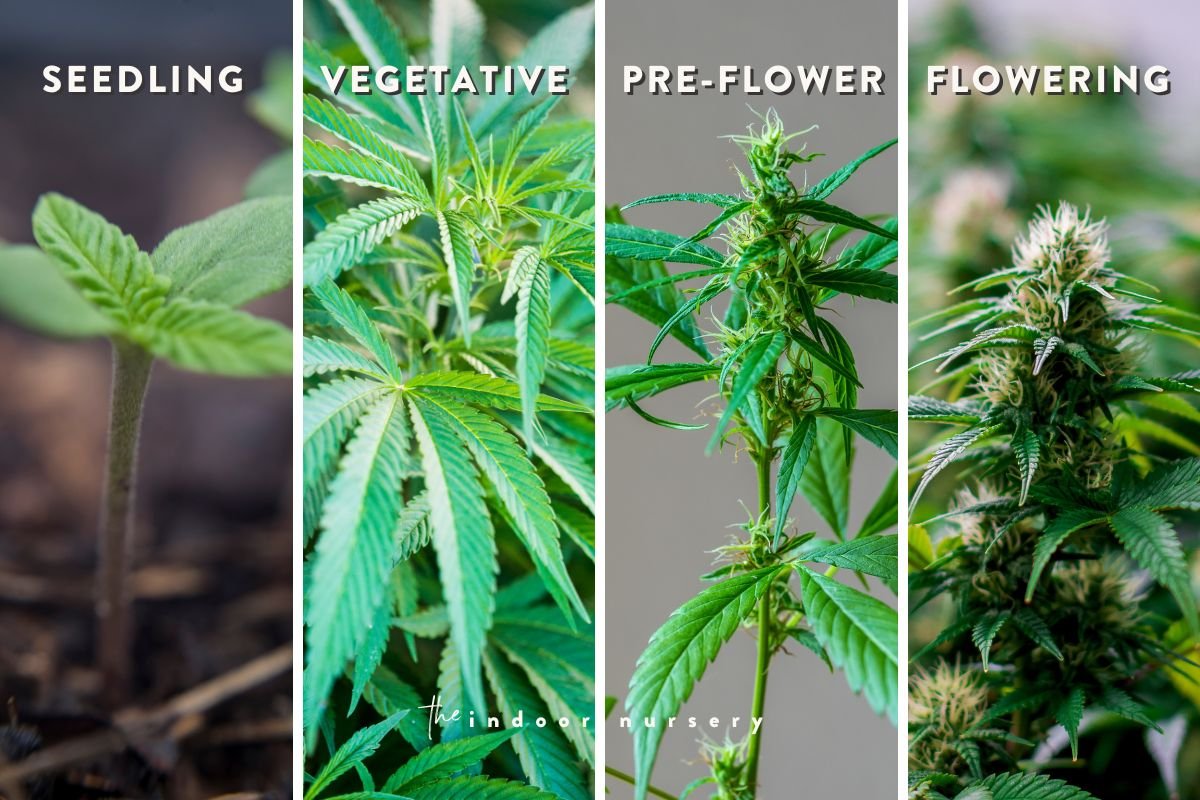
Seed germination (lasts 2-10 days)
A cannabis seed will germinate when temperatures are around 75 degrees, not too warm and not too cool. The seed must be kept moist throughout its germination stage to successfully sprout a root and stem, and it should start germinating within two to ten days.
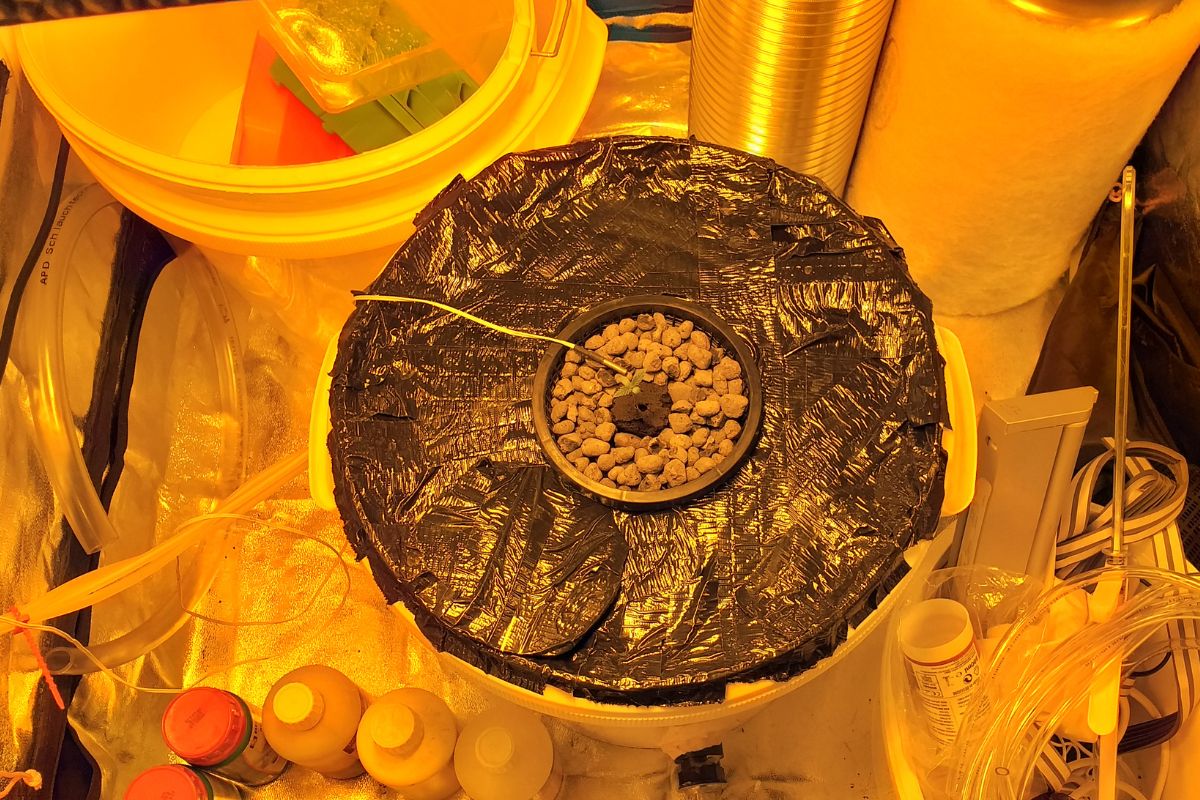
Water is essential to the germination process. When moisture saturates the dried seed, growth enzymes are activated and the embryo expands and breaks its shell. With its starter root, the germinating seed will be able to absorb nutrients and put out a stem.
Initially, it will divide into two leaves so the plant can start performing photosynthesis, then the characteristic finger fan leaves will begin to emerge. As these new leaves develop, the cannabis plant enters its second stage of development.
Weed seedlings (lasts 2 to 3 weeks)
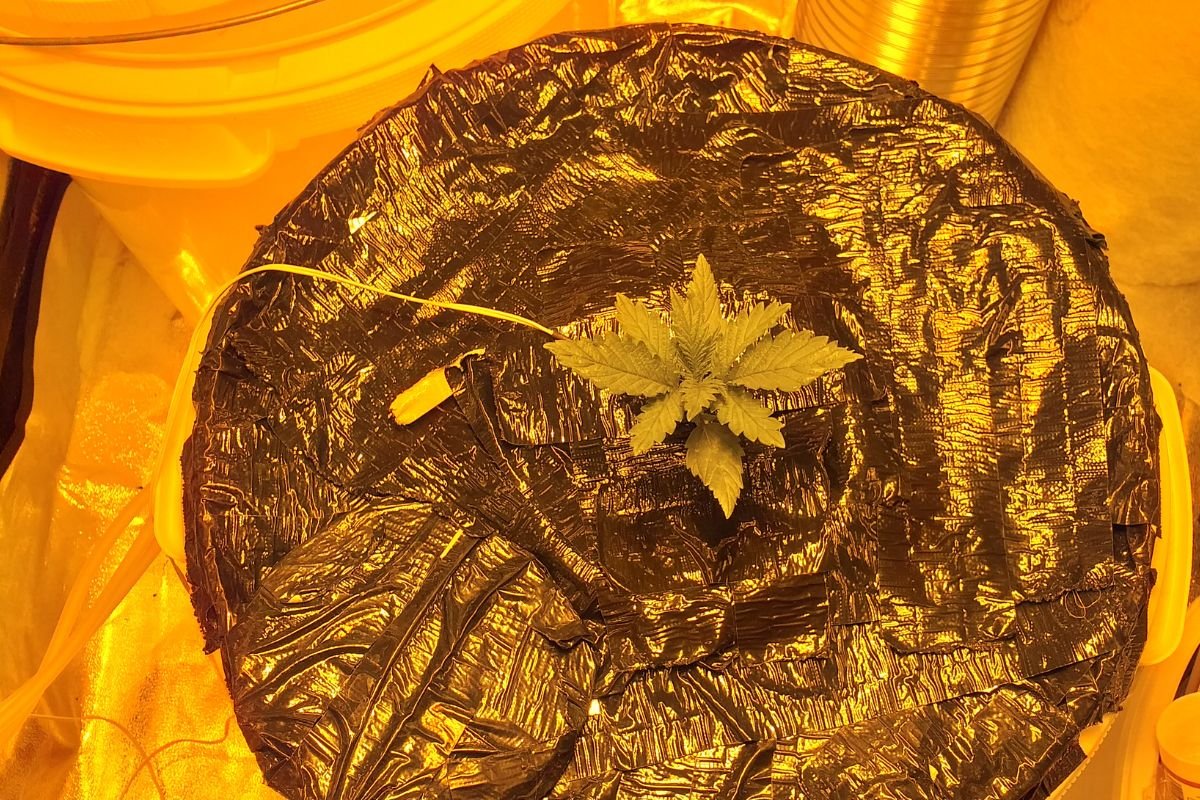
The marijuana plant will spend between two and three weeks as a seedling, a tiny plant that is still developing strong roots and stems to support itself. As the seedling grows, it’s able to store a little water in its roots and leaves. The jagged-edged “finger” leaves of the cannabis plant will start to sprout, first growing single fingered leaves, then three fingers, then five.
Once the seedling grows into a vegetative stage, the leaves will consistently have five, or as many as nine, fingers on each fan leaf.
If the seedling isn’t getting enough light, it will have a very long stem and not many leaves. This leggy growth is known as reaching: it grows long to reach closer to the light source. Seedlings can receive low intensity light just several inches above them, unlike mature plants, which need several feel between themselves and a much higher intensity light.
From the start of germination and throughout the following two to three week period, the seedlings will take all the light they can get, and should be lit between 18 and 24 hours a day.
The plants are especially susceptible to mold damage at this stage. Although they like a humid environment, it shouldn’t get too humid. A balanced amount of NPK (nitrogen, phosphorus, and potassium) fertilizer will be important to support healthy root, cell, and leaf growth, which will help it better resist any stress it may come under as the plant grows.
Bushy vegetation (lasts 3 to 15 weeks)
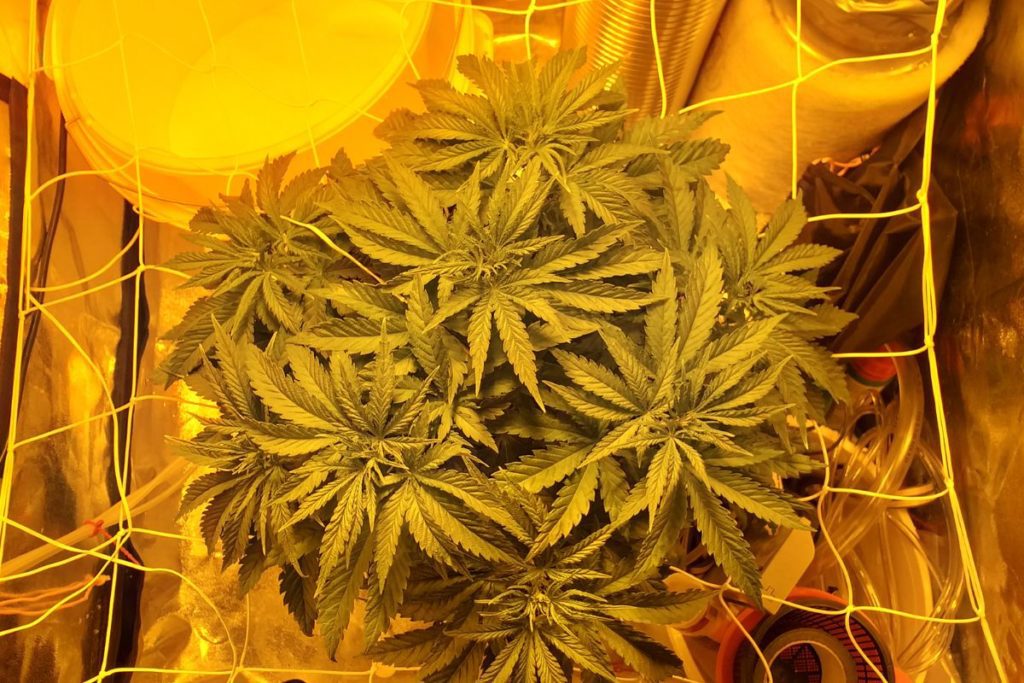
The cannabis plant’s vegetative stage lasts between three and fifteen weeks. After the plants leave the seedling phase, they’ll need larger pots to spread their roots and branches.
They will push out a lot of vertical growth and fill out with leaves. While different varieties grow different heights, the average plant reaches a couple of feet high.
Grow lights may need to be adjusted in height as the plant grows taller, and their lit hours should be adjusted as well, to about 16 hours of light a day.
As the plant gets bigger more quickly, it will need increasingly more water for its larger roots and body. Fertilizer for a vegetative cannabis plant should deliver nitrogen and some potassium, but the plant won’t need any phosphorus right now.
It needed some as a seedling for root system development, and it will again as a flowering plant. During its vegetative stage, it’s focusing on its height and foliage.
This period of marijuana plant growth is an important one for training the shape of the plant by pruning and providing structure. It will grow a bunch of new stems during this time, and some lower ones may need to be trimmed to avoid self-shading.
Using a trellis or horizontal netting can help keep the plants sturdy and upright. The new, heavy leaves may cause the stems to bend and droop otherwise.
If the plant is cared for and happily grows to a mature size, it will be triggered into flower growth by a change of lighting. In nature, the shorter daylight period of late summer will reduce the amount of daylight outdoor pants receive.
Indoors and in grow tents, we can control when this happens, reducing lighting hours from 16 down to 12. Vegetative growth will stop, and this annual plant will enter its flowering stage.
Male and female cannabis plants
In the wild, cannabis plants produce a ton of seeds on their colas, or groups of flower buds. The plant has both male and female species, and this can be identified a few weeks into a plant’s vegetative stage.
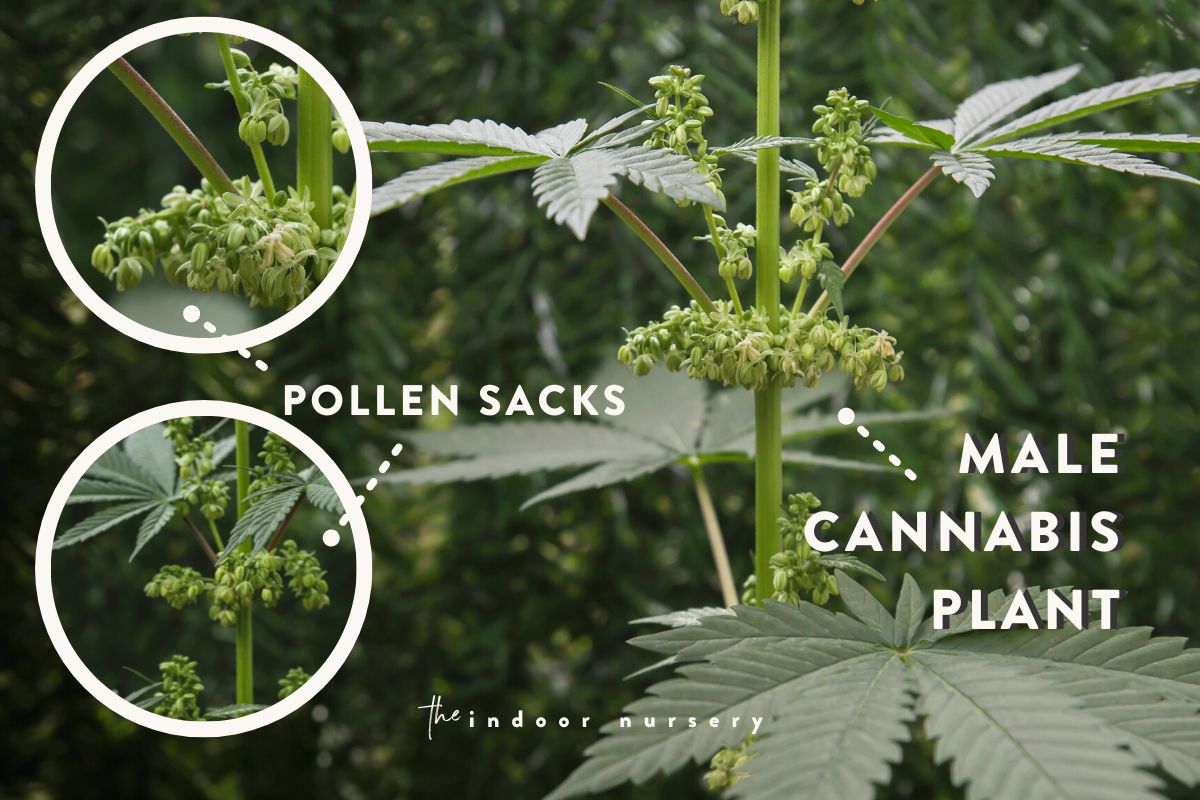
Each plant should be inspected so male plants can be separated so they won’t pollinate the female plants. Below the nodes of leaves along the plant’s branches, there will either be a stamen, which can be seen as small, pollen-filled sacs, or a pistil, which contains an egg to be fertilized.
When the flowers bud on a pollinated female cannabis plant, they will contain lots of cannabis seeds and won’t be useful for consumption (unless, of course, you’re harvesting hemp seeds).
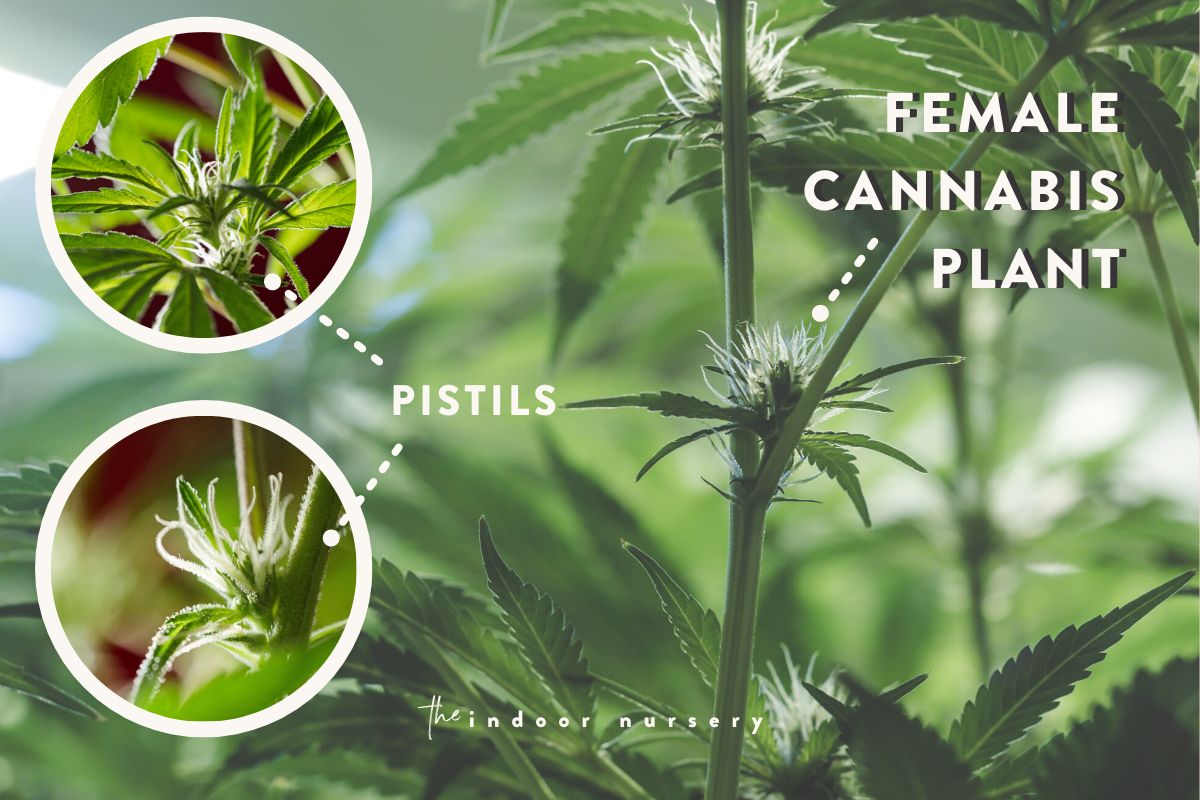
Another reason the plants should be separated is that the male plants don’t produce the large and trichome-rich flower buds that females do. The more buds, the more trichomes, and the more resin the marijuana plant will produce.
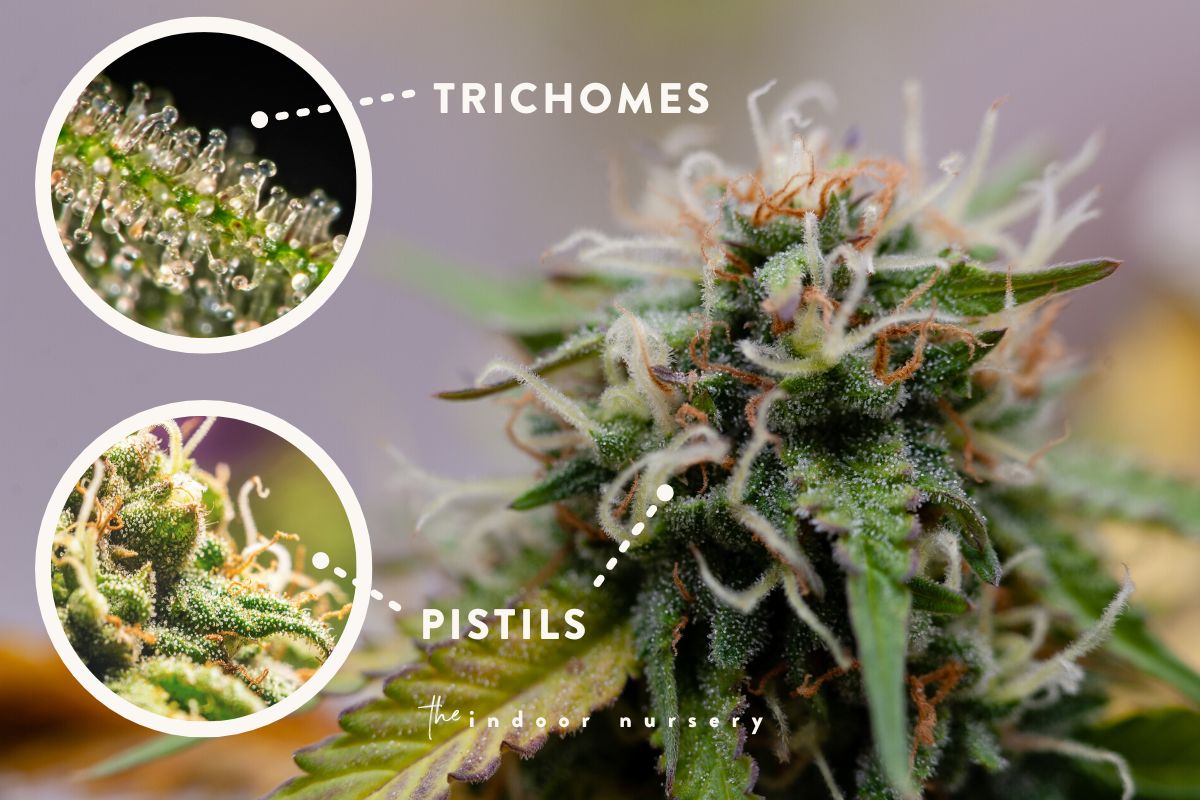
Flowering stage (lasts 6 to 8 weeks)
The flowering stage of cannabis plants, when they produce their resin and oil-rich flower buds, will last between 6 and 8 weeks. Following the rule of thumb, “12 on, 12 off,” shorter light hours per day will trigger the plant to produce its flowers that, in nature, would contain lots of seeds to drop in the fall and be ready to grow in spring.
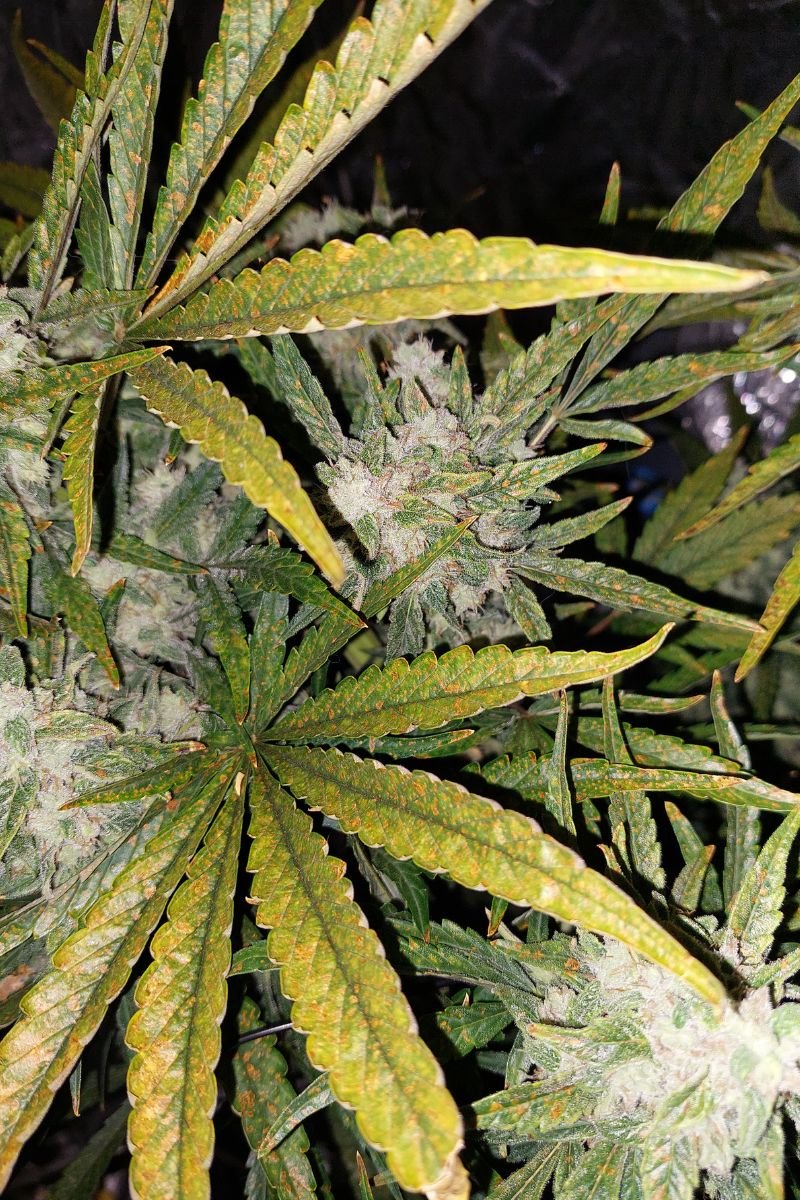
Adult plants will transpire more than young plants and may need a dehumidifier to control the moisture when grown as indoor plants. The plant will like a balanced fertilizer again during this stage of the cannabis plant growth cycle to support leaf and flower production, as well as overall health.
Some pruning can be done during this stage to direct energy towards the uppermost portion of the plant, where buds will get the most light and grow the biggest. When the trichomes on the buds are dewy, it means they are ready to be harvested. This should be done while the liquid is still clear of milky because once it starts to turn amber, the substance is losing potency.
More about cannabis
- How To Treat A Magnesium Deficiency In Cannabis
- It’s Not O-K: Potassium Deficiency in Cannabis
- How to harvest cannabis (and use the entire plant)
- Male Weed Plant Stages: Don’t Ruin Your Crop
- How To Decarb Weed For Homemade Cannabis Products
- Loving the Ladies: Female Weed Plant Stages
- Patience is a Virtue: Curing Buds for Best Taste
- Understanding weed light cycles: Get the most from your harvest
- When to switch to flower nutrients for high cannabis yield
- How to make live resin at home, step-by-step

